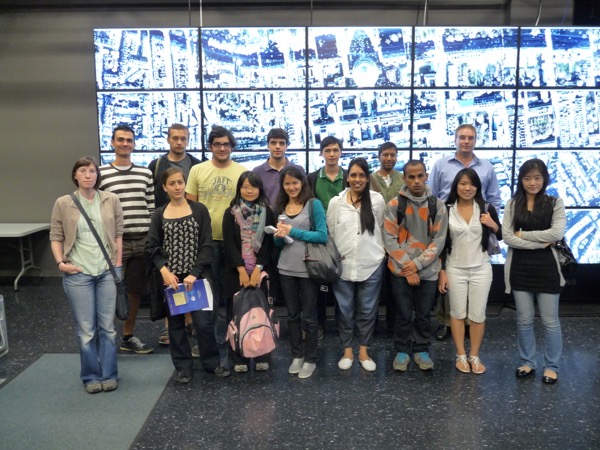From 2005 onwards the emphasis shifted to materials discovery and optimisation often in collaboration with industry. This has led to the discovery of the worlds hardest oxide material, new routes for catalyst optimisation, near room temperature magnetism in molecular magnets and a new approach to predicting, preventing, detecting and mitigating materials ageing.
20 doctoral students have graduated from the group and have moved on to careers in academia and industry.
Over 350 MRes students have graduated from the Master of Research in Nanomaterials since 2005 when Harrison became the Director
